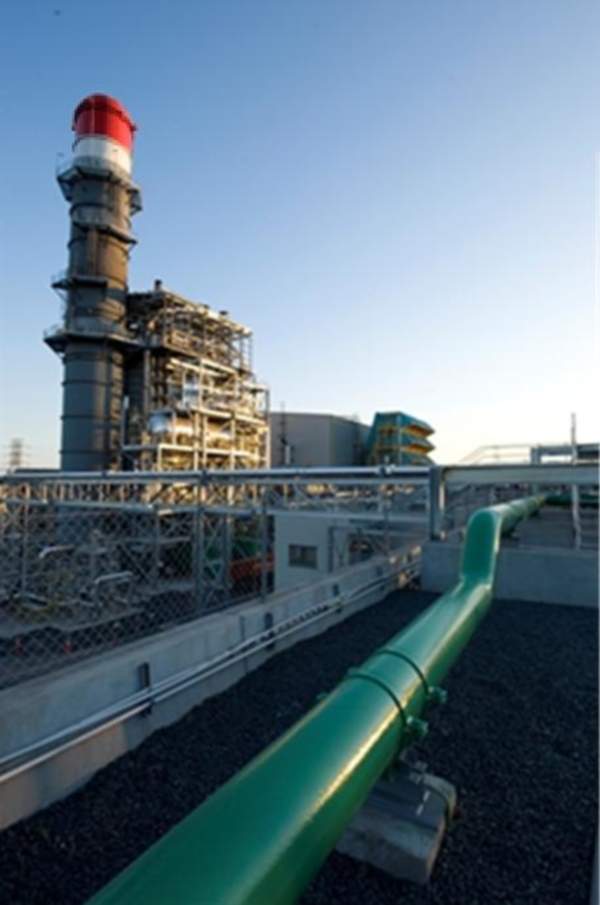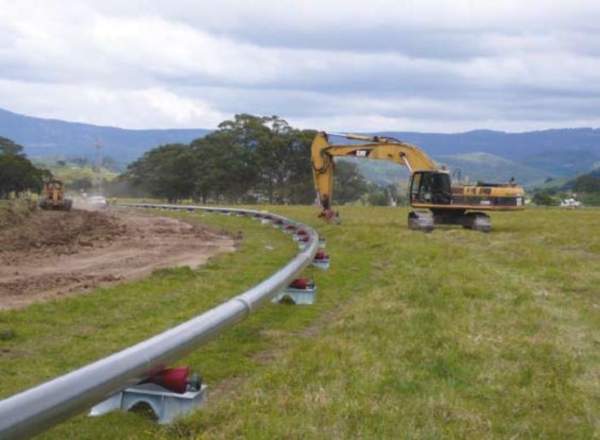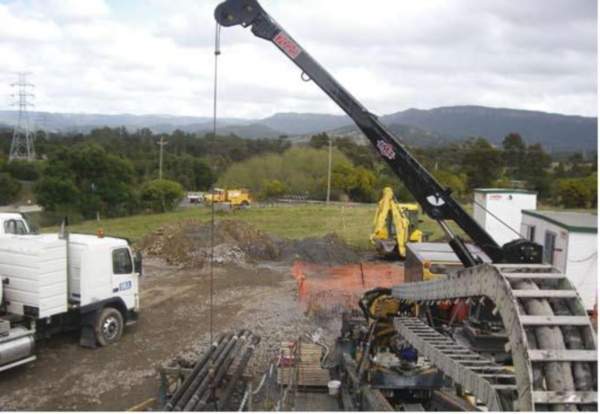The 1,000MW Tehri Pumped Storage Plant (PSP) is part of the 2,400MW Tehri Hydro Power Complex being built on the river Bhagirathi, in the Indian state of Uttarakhand.
It will be a peaking power plant located between the Tehri and the Koteshwar dams, which are also part of the power complex. The PSP is being developed by THDC India, a joint venture of the Indian Government and the State Government of Uttar Pradesh (UP).
The Tehri dam forms the upper reservoir while the Koteshwar dam will serve as the lower reservoir to the PSP. Power will be generated by recycling the water discharged between the two reservoirs. The pumping of water will require 1,712 million units (MU) of power during off-peak times.
The Tehri earth and rockfill dam was completed in 2007 while the Koteshwar dam is scheduled for completion by March 2012.
The construction of Tehri PSP is expected to take 54 months to complete. Commissioning is expected in February 2016. The power station will be connected to the northern grid.
Project finances
The Tehri PSP was approved by the Indian Government in July 2006. It was estimated to cost INR16.57bn ($350m), at the time of approval. The funding structure was planned to be 70% debt and 30% equity. The cost, however, escalated to INR 29.78bn ($630m) in 2010.
The Cabinet Committee on Economic Affairs (CCEA) is yet to grant investment approval to the revised cost estimate.
Key players with a role in construction
The National Thermal Power Corporation (NTPC) provided quality assessment and inspection requirements for the electromechanical and hydromechanical works of the project in 2007.
A joint venture of France-based Coyne-Et-Bellier, Tractabel Engineers and Constructors and OJSC, Engineering Centre UES was appointed to prepare the tender documentation for the EPC contract in January 2007.
A joint venture of Alstom Hydro and Hindustan Construction Company (HCC) was awarded the EPC contract worth INR 18.43bn (approximately $390m) in June 2011. HCC shares approximately 38% of the contract value, while the remaining is held by Alstom. The contract came into effect on 27 July 2011.
Construction of the Tehri dam and hydropower plant
The two head race tunnels and intakes for the head race tunnels of the PSP were completed during stage 1 construction of the Tehri dam and hydropower plant. The Alstom-HCC joint venture will take up the major civil works including the tail race tunnels, underground power house, surge shafts, penstocks, and miscellaneous structures.
Plant details
The plant will consist of four reversible units of 250MW each, operating under a large water head variation of 90m. The maximum and minimum head water levels will be 830m and 740m respectively.
The infrastructure to be built includes two concrete lined head race tunnels, two tail race tunnels, surge shafts, four penstocks, underground power plant and galleries for ventilation, bus bar and drainage.
The two upstream surge shafts will be located at the end of the head race tunnel. They will have a diameter of 10m and height of 150.3m. The penstocks will be 6m in diameter and steel lined. They will be bifurcated at the base of the surge shaft with gates. The two downstream surge shafts will be 18.44m in diameter and 100.85m in height.
The machine hall will be located on the left bank of the river.
Technology incorporated
The plant will use variable speed reversible turbine technology of Alstom.
It will be the first PSP in India to use such technology. The vertical Francis type reversible turbines will be supplied by Alstom. The company will also supply the generator, inlet valves and systems for control and protection.
Distribution
The pumping operation will be supported by the off-peak power provided by the beneficiary states. The states include Delhi, Uttarakhand, Rajasthan and Haryana with whom power purchase agreements have been signed to the tune of 1,000MW. The states will, in turn, get proportionate peaking power from the PSP.






